PROTECT YOUR DNA WITH QUANTUM TECHNOLOGY
Orgo-Life the new way to the future Advertising by AdpathwayCold-climate gardeners know the challenge of ripening late-season tomatoes! Your vines may be full of green tomatoes as summer turns into fall. Ripening these fruits can be challenging, but the right methods make it an easy process.
These unconventional ripening methods work for impatient growers. Maybe you picked some green tomatoes early, or you have more plants than you can deal with—no matter the cause, these ways work well for gardeners across the country.
Tomatoes don’t need to sit on the vine to develop their full color and flavor. Whether you have a bunch of green cherry tomatoes or a few unripe slicers, these seven quirky techniques will ripen them in no time.
Chadwick Cherry

Chadwick Cherry Pole Cherry Tomato
Container’s Choice

Containers Choice Red Bush Tomato
Tropical Sunset
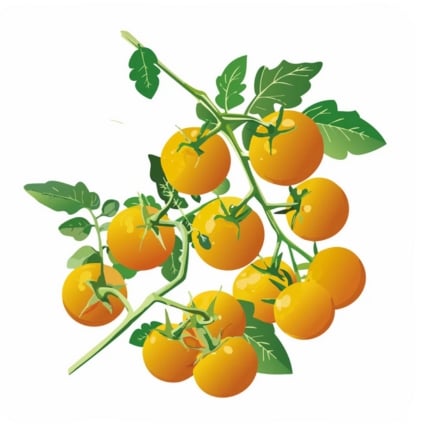
Tropical Sunset Pole Cherry Tomato
Set Them On Your Counter
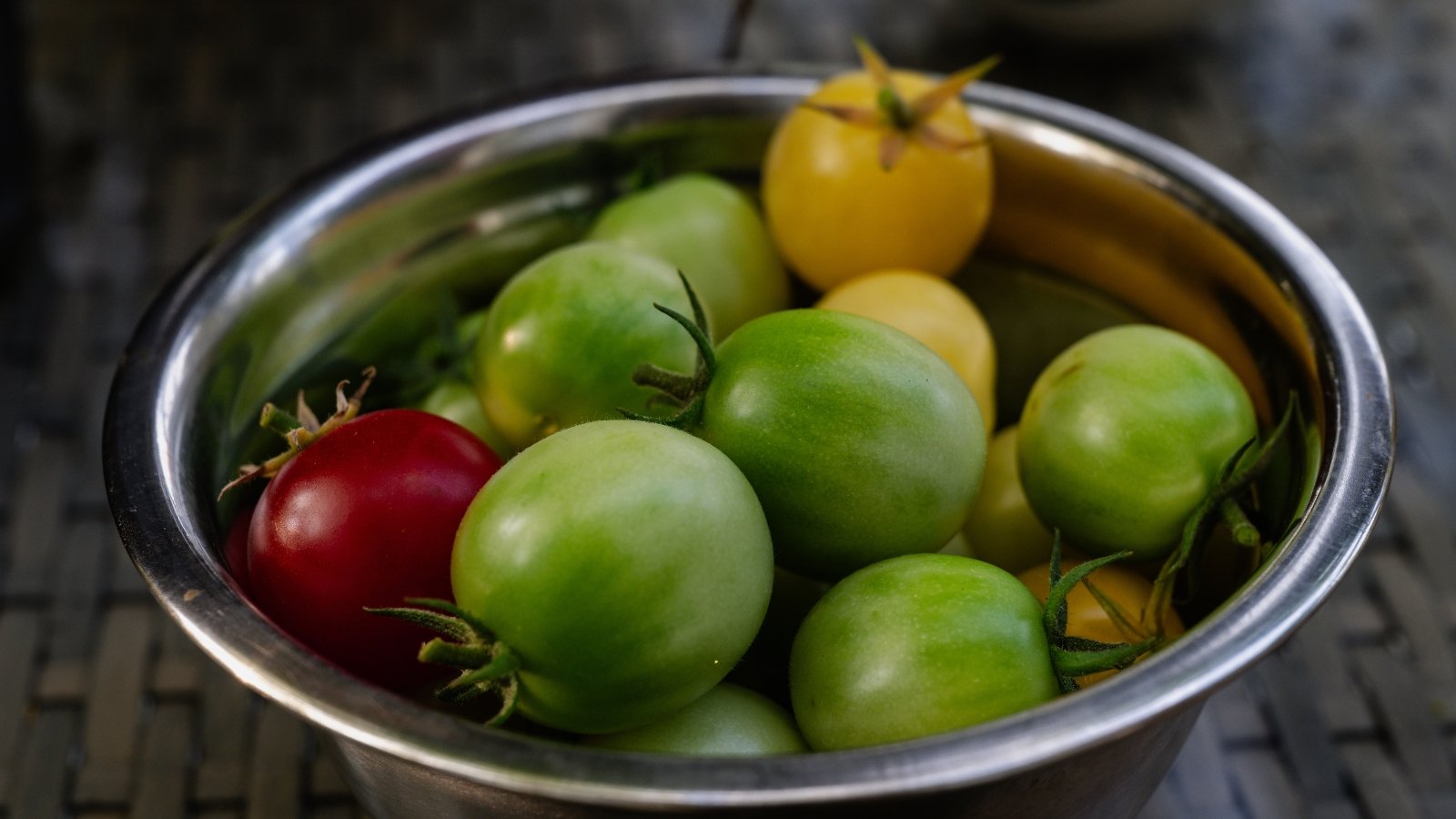 Let them finish ripening quietly on a shady counter.
Let them finish ripening quietly on a shady counter.This is what I do most often! It’s easy to pick some unripe fruits and set them on a counter in a dim location. They’ll develop their full color, flavor, and texture while they sit in your home. Then, when they’re ripe, you can slice them up and eat them.
Fully green tomatoes may not ripen well on the counter. Try to pick the fruits when they’re 50% ripe, as their skin begins changing from green to their ripe color. This color varies depending on your tomato variety; some are striped green-yellow, others are golden, and a select few are indigo-purple!
This is the tried-and-true way to ripen your tomatoes quickly. It may take longer than the other methods, though it’s easy to do. The temperature is the working mechanism here—tomatoes ripen best at temperatures between 70-75°F (21-24°C). Most indoor rooms fall into this range.
Leave Them Outdoors
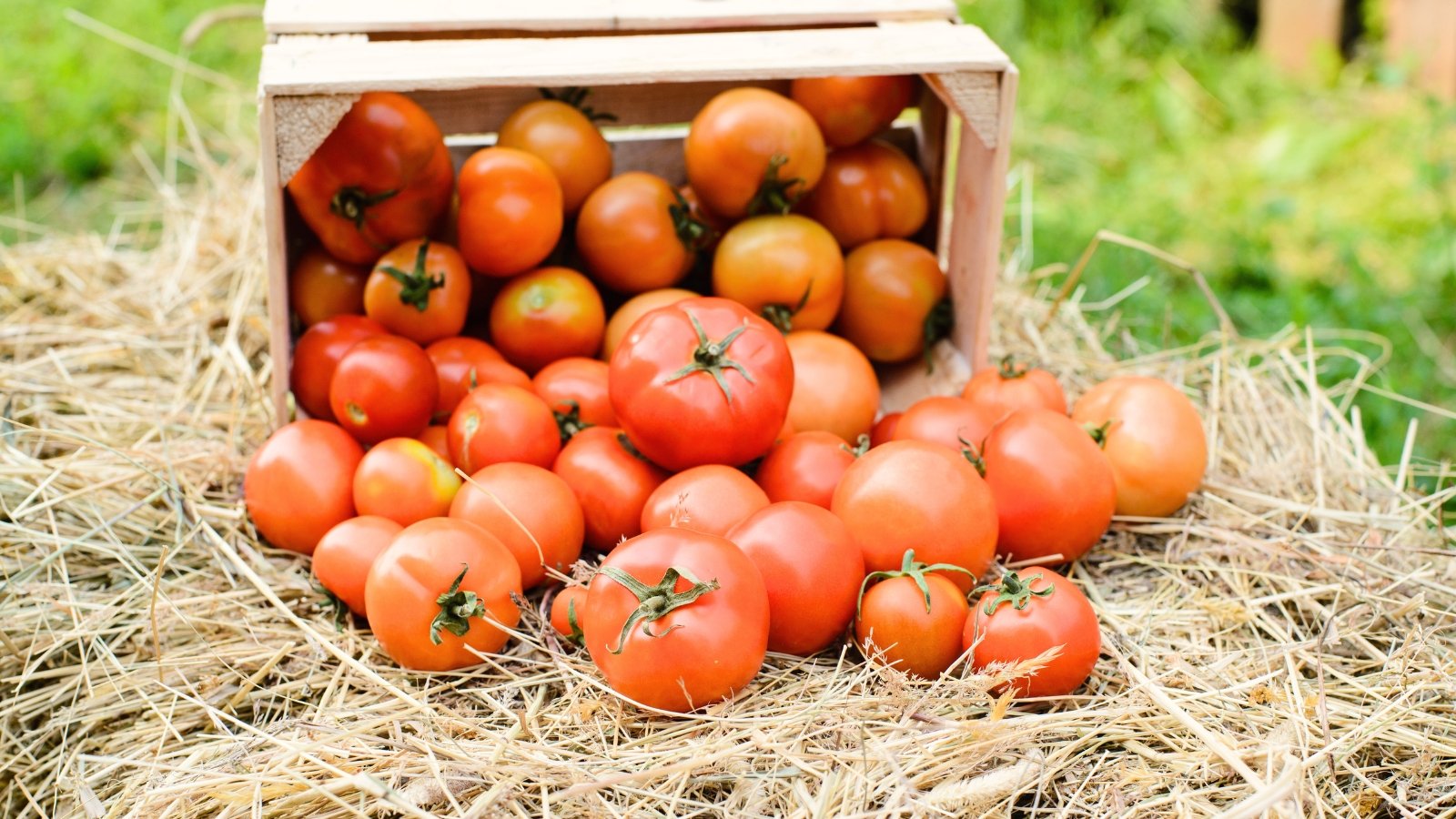 Let them color up outside—just keep them shaded.
Let them color up outside—just keep them shaded.If the weather is mild and warm, you can leave the fruits outside to ripen. This is a good trick for gardeners with small kitchens who lack the space for ripening tomatoes indoors. Simply set them on a tray or screen, and place them out of direct sunlight in a covered location.
The mild summer temperatures should induce ripening after a few days. Watch the fruits closely to ensure no pests or flies find them. Once they reach the perfect color, bring them indoors to store until you’re ready to use them.
Although this is a great way to ripen tomatoes in mild regions, it doesn’t work well in climates with hot summer temperatures. If the temperature rises above the optimal range, consider moving the fruits indoors to ripen on your counter.
Bag Them Up
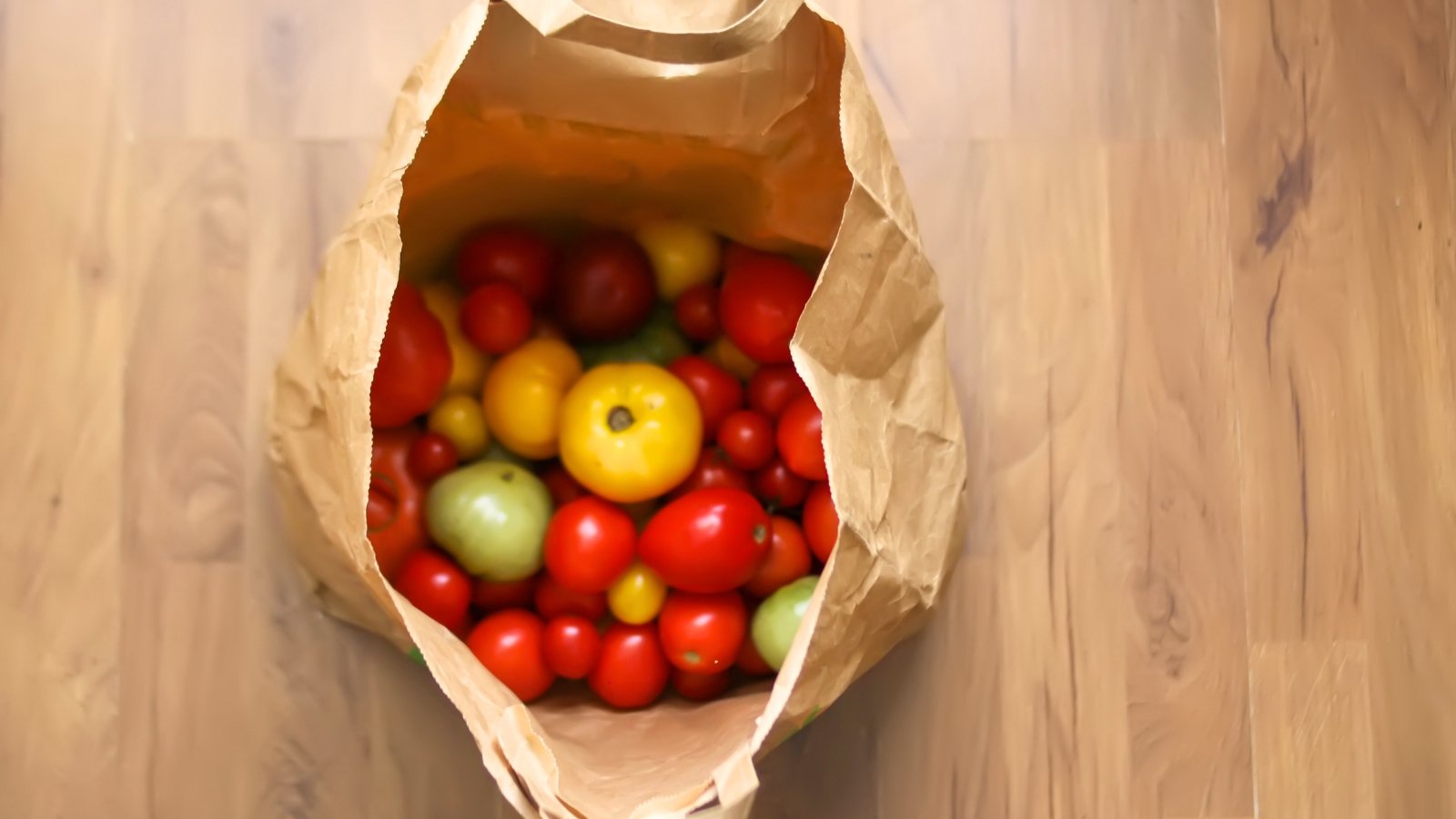 A paper bag traps ethylene and speeds things along.
A paper bag traps ethylene and speeds things along.Sunlight doesn’t cause these fruits to ripen—chemicals, temperatures, and nutrients do! When your tomato plants have access to all the resources they need, they’ll turn their green fruits into their final, ripe forms.
The main chemical that causes tomato ripening is ethylene, a naturally occurring gas. Tomatoes release it as they ripen, which causes their nearby fruits to ripen, too. The more ethylene that’s present, the quicker your tomatoes will turn from green to red.
To use ethylene to your advantage, place the unripe fruits in a paper bag on your countertop. The bag will trap the gas and keep it around the fruits, causing them to ripen quicker than if they were out in the open. Check on them every day or so. Once the tomatoes are fully ripe, use them or store them for a later date.
Use Apples
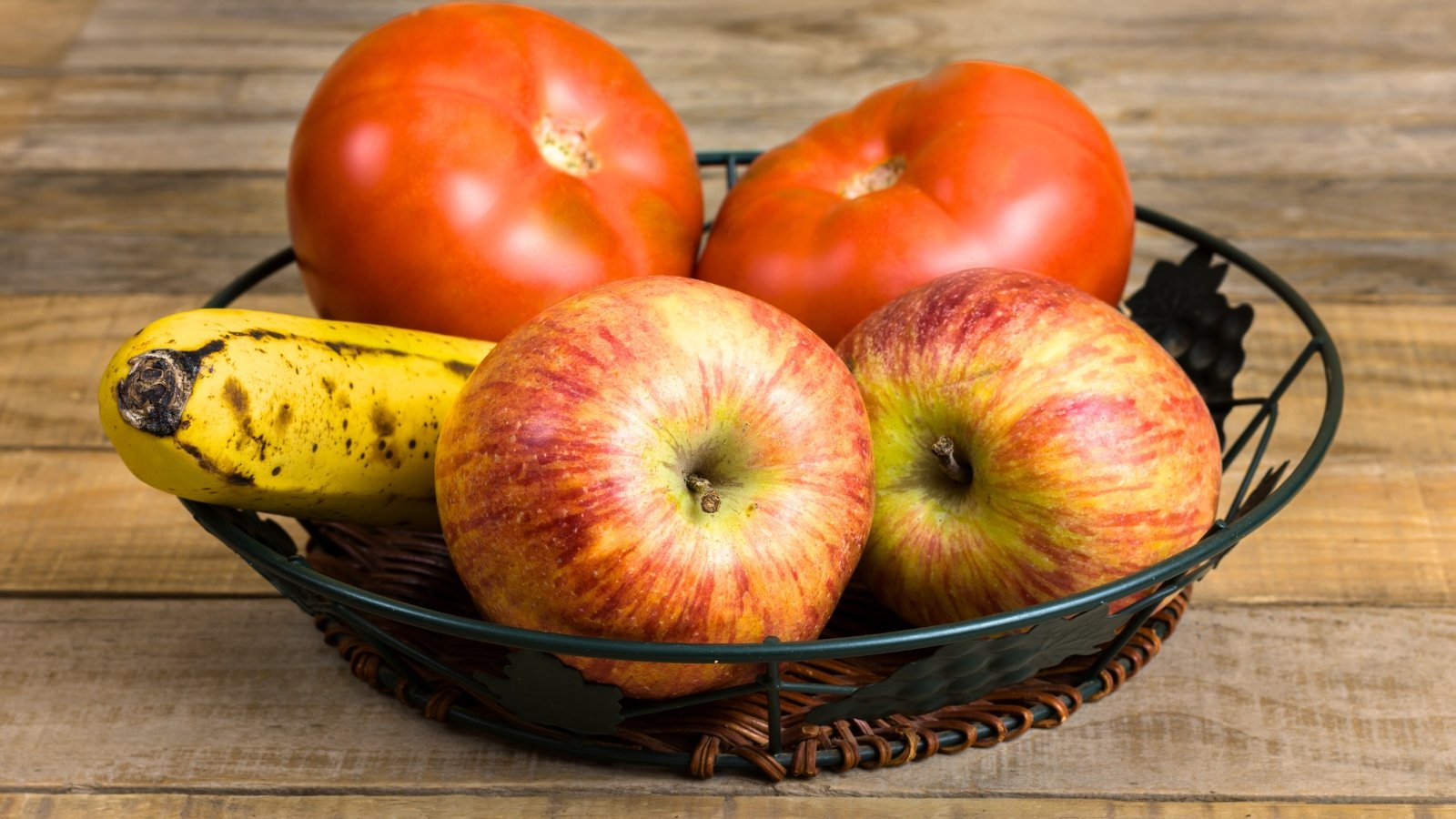 Teaming tomatoes with apples gets results in days.
Teaming tomatoes with apples gets results in days.Tomatoes aren’t the only fruits that release ethylene! Apples, bananas, and melons also use this gas to induce ripening. Simply take a piece of one of these fruits and put it in the paper bag next to your tomato crop. Close the bag to prevent fruit flies from entering.
After a few days, the ethylene gas promotes even ripening of your tomatoes. Check on them to ensure they don’t grow too ripe, and remove them from the bag once they’re ready.
You may store ripe ones in the refrigerator for long-term storage. They’ll keep for a week or two. For the best flavor, remove them from the fridge a few hours before you plan to eat them; they tend to taste the best at room temperature.
Pinch Off Flowers
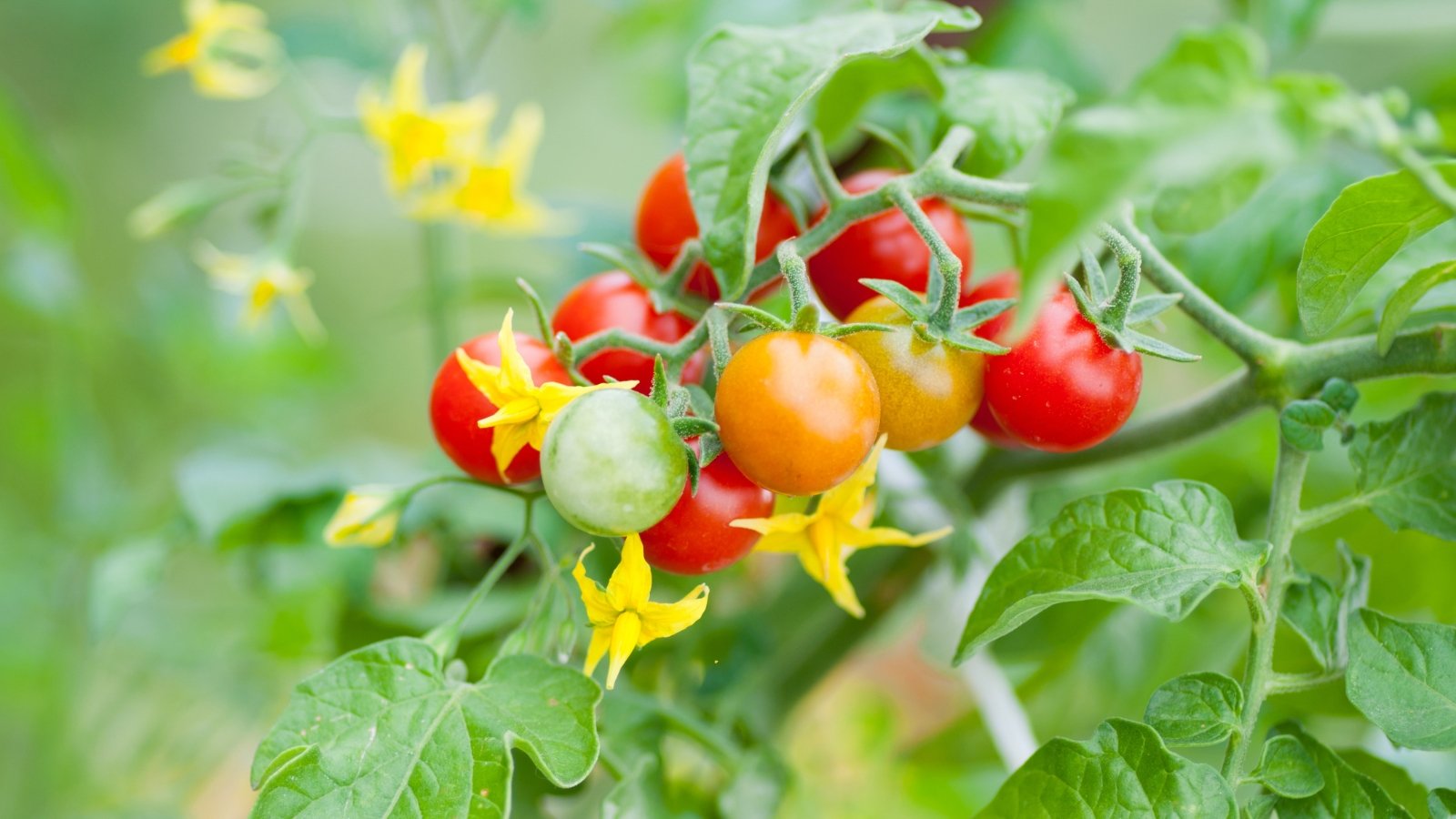 Cutting late blooms helps the rest finish up strong.
Cutting late blooms helps the rest finish up strong.Aside from using gases and temperature, there are a few other ways to ripen tomatoes faster than normal. If you’re growing indeterminate tomatoes, you’ll notice they keep growing flowers and fruit up until the first frost date in autumn.
These flowers won’t form tomatoes because the upcoming winter will halt their growth. They’ll drop off the plant! By removing these excess flowers, you’ll redirect the plant’s energy towards the ripening fruit. Simply pinch them off and leave any good-sized tomatoes on the plant to mature.
This method works best at the end of the growing season to rush your plants. It’ll promote quick ripening on the vine, after which you can pick the tomatoes and place them inside to mature further.
Remove Leafy Growth
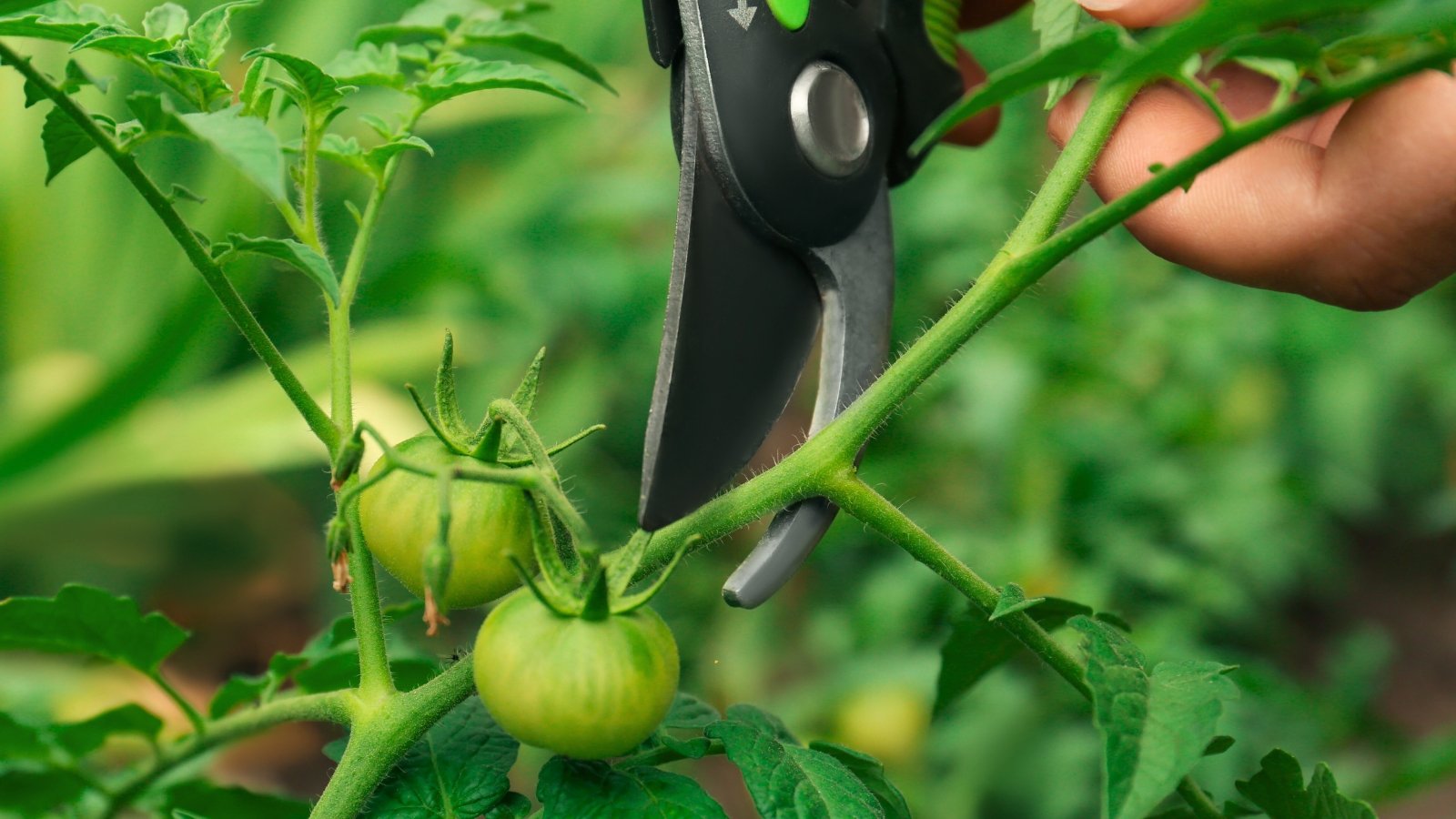 Hard pruning signals the plant to wrap things up.
Hard pruning signals the plant to wrap things up.The same is true for the leaves! Excess leafy growth sucks energy from the plants. By removing extra leaves and stems, you’ll encourage a redirection of energy towards the fruit. It’ll help them ripen quicker than if you left the leaves alone.
You may hard prune the plants instead of removing their leaves and blossoms. It’s an easier process that requires less labor. Start by locating all of the green fruit you’d like to ripen—leave them alone, and prune right above them.
Each pruning cut should remove the leafy tops of your crops. This harsh treatment tells your plants that it’s time to ripen their fruit and stop growing new blossoms and shoots. Again, avoid doing this on determinate types as they produce a finite amount of flowers. Cutting them off will lower your harvest yields.
Stress Your Plants
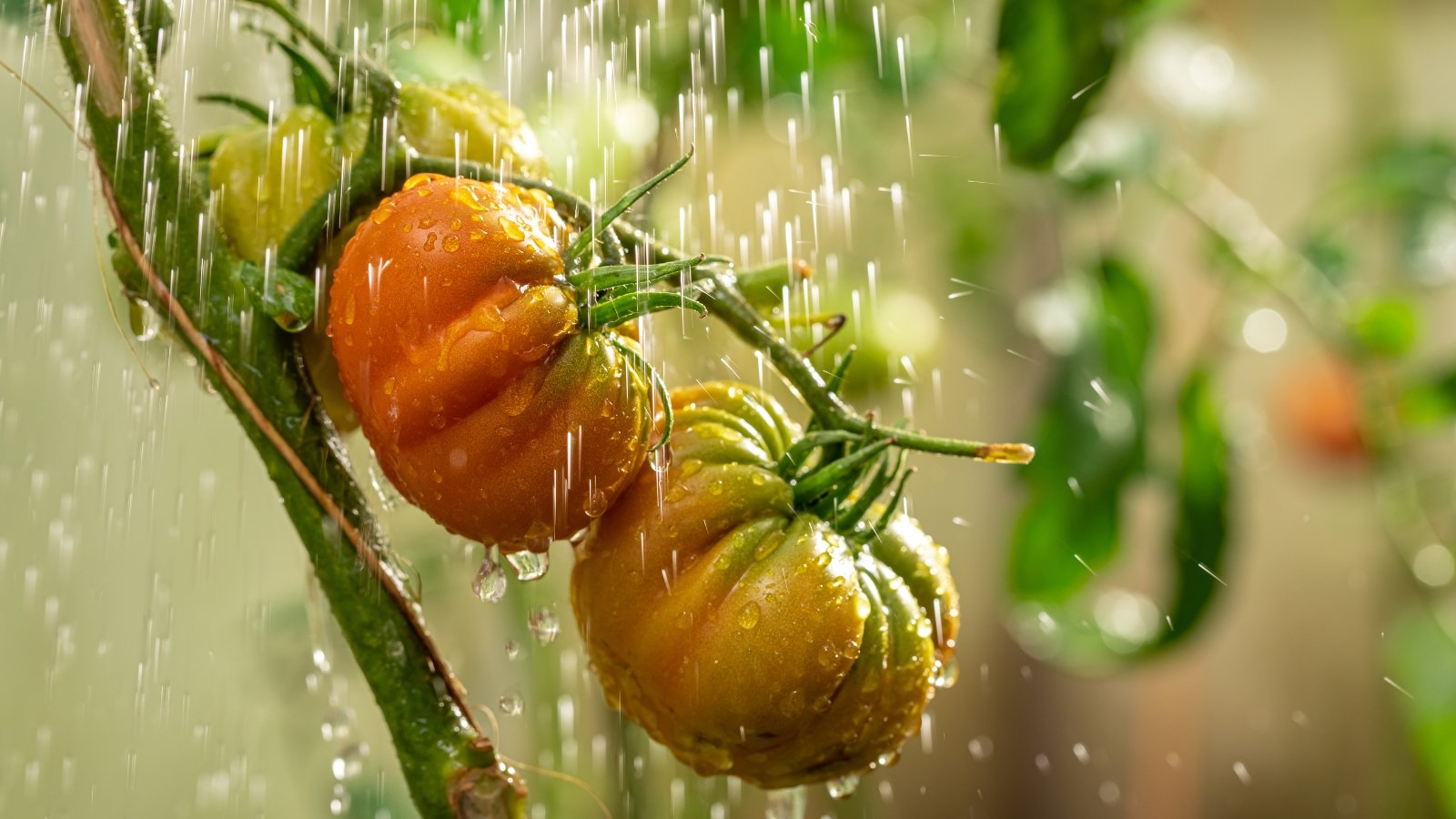 Skipping a watering or two gets their attention fast.
Skipping a watering or two gets their attention fast.Stress isn’t good for the gardener, but it’s excellent for your tomato crop! Think of it this way—plants, like us, want to reproduce and grow children. When you stress them, they rush to produce seeds before they die as a last-ditch attempt at keeping their species alive.
When you stress your tomato plants, you convince them it’s time to ripen their fruit and seeds. There are a few ways to do this. You may root prune, water less often, or practice hard pruning in late summer. You may also do a combination of all three methods!
To root prune, get a sharp spade shovel and dig a foot from the stem of your tomato plant. Keep digging in a circle until you reach where you started. This process cuts the outer roots, which stresses your plant and speeds up the maturing process.
Another way to provide stress is with water. Instead of watering regularly, you’ll reduce how much you apply over a few weeks. Do so gradually to avoid cracking or splitting of the fruits. Skip one day of watering, and skin another day the next week. You’ll notice rapid ripening as the stress pushes your plant to finish its crop.


 1 week ago
10
1 week ago
10





















 English (US) ·
English (US) ·  French (CA) ·
French (CA) ·